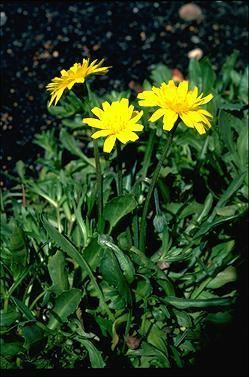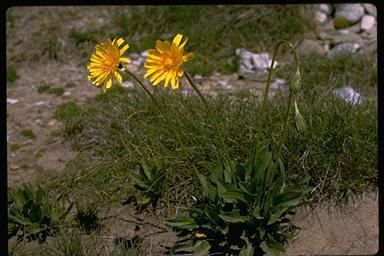Subfamily Cichorioideae Higher classification Daisy family | Tribe Cichorieae Scientific name Microseris lanceolata Rank Species | |
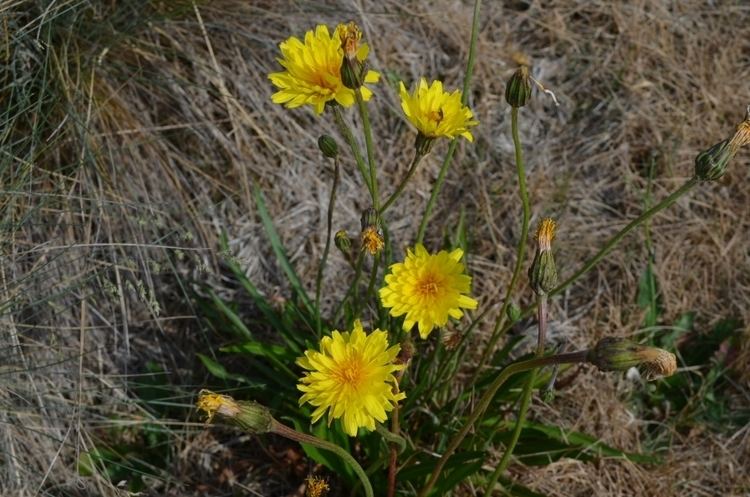 | ||
Similar Native raspberry, Wiry ground‑berry, Davidsonia, Kurrajong, Cat's ear | ||
Microseris lanceolata is a perennial herb also known as murnong and yam daisy.
Contents
It is found in many forms in southern and eastern Australia (Victoria, NSW, ACT, SA, WA and on the island of Tasmania), the Tasmanian form being markedly smaller than the mainland Australian form. A related species occurs in New Zealand, Microseris scapigera, recognised now as the correct name for plants there. In Australia that name was used earlier.
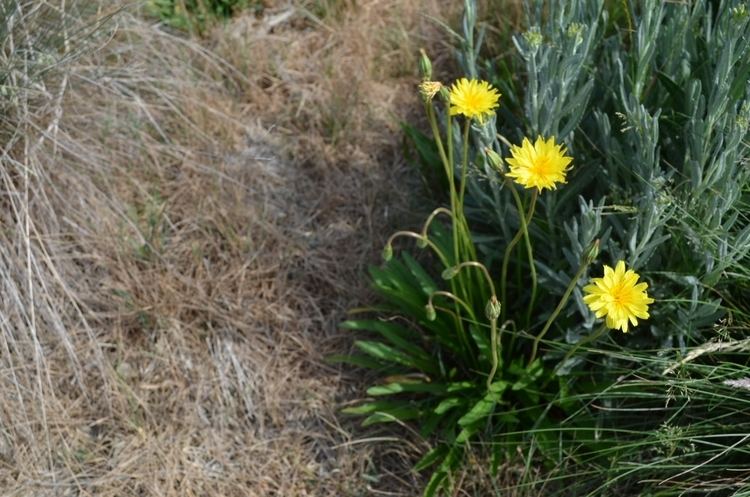
Biological descriptions
A variable species, it has the form of a tufted rosette of toothed lanceolate leaves.
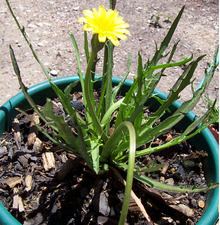
The flower stalk is notable for its curious behaviour: pendulous before flowering, it becomes erect for flowering, lifting the flower to the attention of pollinators, then becomes pendulous again until the seed head ripens, at which time it becomes erect again, exposing the seed head to the best possible wind exposure. The 'flower' is a yellow head of florets, reminiscent of a dandelion. The seed heads ripen to a cluster of fluffy, tan achenes, each having a crown of fine extensions called a pappus. Seed dispersal is by wind.
Cultivation and uses
The species has edible tuberous roots and was once an important source of food for peoples of Australia. The introduction of cattle, sheep and goats by immigrating early–colonialist Europeans led to the near extinction of Murnong, with calamitous results for first Australians’ communities who depended upon Murnong for a large part of their food. Murnong was prepared by roasting or pit baking; the taste is described as "sweet with a flavour of coconut".
